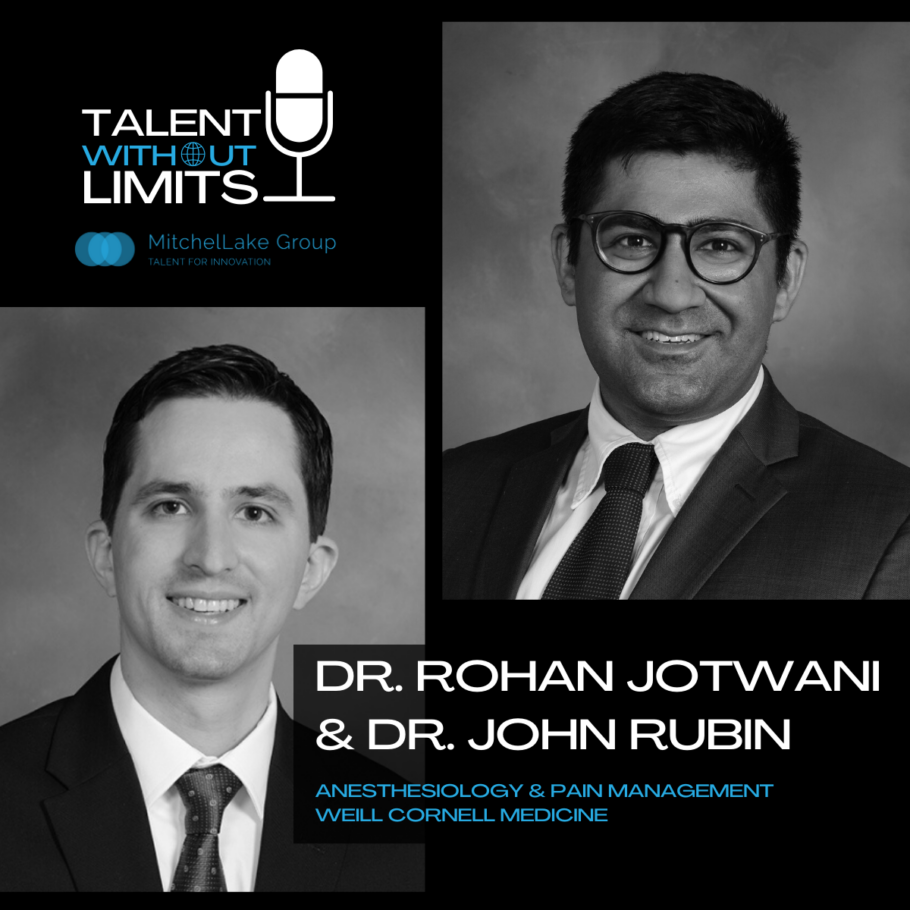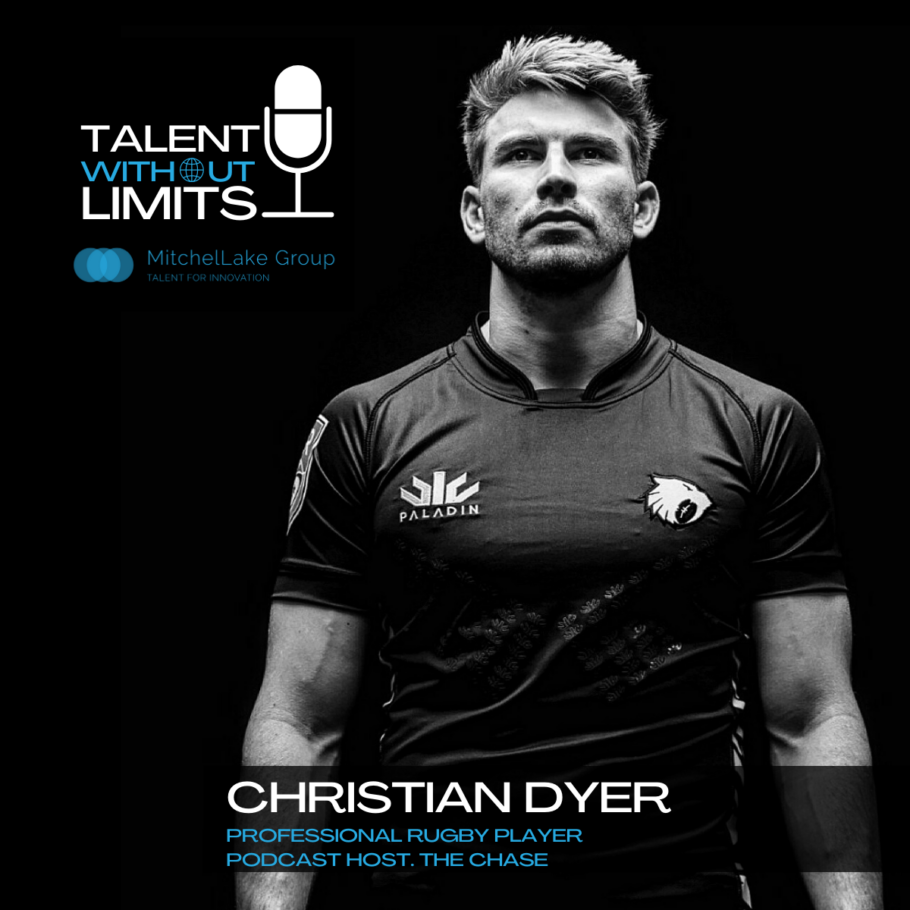Fintech Inteviews: Spriggy Posted at 0:00, Thu, 28 September 2017 in Profiles
In my final FinTech CEO interview, I sat down with Mario Hasanakos, co-CEO of Spriggy. Spriggy has been a true FinTech, startup success story, joining the first H2 accelerator back in 2015, and recently raising their Seed round of $2.5 million. Their much loved product educates young people on how to manage money with a prepaid Visa card linked to app that parents and kids use together.
I sat down with Mario to get his full cradle to Seed round story, and some insight into this experience.
Matthew Parker (MP): Firstly, congratulations on your raise! You must be delighted. Tell me about that experience, how you chose your investors and how much to raise?
Mario Hasanakos (MH): Well it all really started to heat up in the month or so before we announced the close. These things are always a long burn, the people who you’re most happy to raise capital from are people you’ve known for a while. Our largest investor was Alium Capital and Perle Ventures, as well as a number of angels who were HNW strategic investors. At the moment we’re not disclosing all their names at their request, but we’ve known them for a while.
When choosing the investors, we told people what we were doing and our vision for the business and saw two quite distinct camps. One group that really bought into our long term vision and really wanted to build this with us. The other group saw the business as it is today and how to scale the business in order to exit in the next few years. We’ve always been a business that is growing towards that bigger vision, so one of the prerequisites was sharing that larger, broader opportunity versus the “get in and get out” approach.
We turned down a few people as well, that’s never easy, and that sort of statement is an honour and a privilege. We could have raised more capital and there was more interest than we had in mind to raise, so at some point you have to make some hard decisions on who’s in and who’s out, but you never burn a bridge.
In respect to how much money we raised, we looked at what we think we can execute in the next 12 months, then looked back at how much that’s going to cost. We wouldn’t raise money that we didn’t know exactly how to spend – so not raising money for the sake of raising money. Once you set the amount, that impacts the number of people that you raise from and the amount you raise from each of them. Some people celebrate raising capital as an achievement, but really it’s that you’ve made a really serious obligation to people to share this journey with you. Ideally, we don’t want to share that obligation with more people than we have to, so I think the premise is to have a tight group of investors that we are close to, who are excited about being on the journey with us.
MP: It’s been quite the journey since joining the first round of H2 Accelerator, tell me a bit about your journey…
MH: So when my co-founder Alex and I came together to start Spriggy, it was called Rivva and our whole vision was to build a bank that helped people be happier about money. We both came from investment banking backgrounds, and for lack of a better description, we were profiting from the illiteracy of our customers for the benefit of the institution we worked for and that didn’t align with what we wanted to do with our lives. At the same time there was also a mainstream recognition of technology being used to give users better outcomes. There was no one doing that in finance, so we asked ourselves why not? The one thing everyone was using was a transaction bank account, so why can’t we use that thought process with a transactional bank account?
Financial issues are the number one source of stress for Australians. If you can build financial products that improve the financial literacy you can really have an impact on people’s lives, and that’s the whole reason we started building this business.
When we pitched to H2, we were originally pitching a data-oriented banking product for millennials. We learned very quickly that in order to change people’s behaviours you have to start a lot younger, that people’s behaviors are largely baked in by the time their 25 years old. We also learned how difficult it is to build a bank in Australia – it hadn’t been done by a technology start-up before. At the same time we realised that we could have a bigger impact at a younger age with the audience of parents and the education of children as our entry point helping people manage their money.
MP: Even becoming a full service bank in the future?
MH: Potentially… We’ve always used the thought process of build what the customer wants, then figure out the rest on the backend. Customers don’t care about our regulation, they care about solving their problems.
MP: So through this process, what were your biggest learnings?
MH: Number one – how important it is to listen to your customer. When we first left banking it was really an eye opener that we could talk to a customer and build something for them as opposed to selling something we already had. This was really built into us in the H2 programme, we had to be obsessed with the customer and make a really fantastic customer feedback loop. Then the further we’ve gotten in, we’ve seen the importance of the team, it’s really hard to build a team from scratch. The reality is if you don’t have a brilliant team, it makes a difficult job even more so.
MP: Were there any times you thought of walking away?
MH: Well we were fortunate enough to have tremendous support the whole way, so we’ve never really been at the point where we were going to turn the lights off. But ultimately, it always felt like we were on to something, so it’s never seriously crossed our minds to walk away.
MP: What have been some of your biggest mistakes you feel you’ve made? If you were to do things over what would you change?
MH: We would probably have been a little bit less ambitious with how we were prototyping. We were so enthusiastic to build as fast as possible, we bit off more than we could chew at some points. So we would have probably built something more modest, get customers using something smaller, getting feedback, then iterating. The reality is what we have done hasn’t been done by anyone else in Australia, and it showed, it took us 18 months to get the product to market.
MP: What was it like going through the necessary regulations to get Spriggy to market?
MH: You have a lot of conversations; with potential service providers, regulators, people who have done similar things before. You have this overwhelming urgency to get something done, which enables you to be creative and try things established institutions wouldn’t ordinarily try. When we were trying to find a prepaid card provider for us to white-label, it was tough to find a provider that had the right technology, that was willing to support a start-up, and didn’t have a massive upfront fee. We were told “No” a lot. Now we get approached all the time. But we did a number of firsts with Indue around the pricing and technology model and big praise must go to them. But ultimately if you don’t have the right incentives – give up or bust – you don’t push yourself as hard.
MP: Talk me through your first hire, how did you decide that was the person you needed?
MH: Our first hire was Rob – he’s been really successful. He’s our lead payments engineer, he works on all things backend for our server. It was an easy decision, the subsequent decisions have been harder.
We’d built a simple prototype for testing purposes, and then we needed to build a commercial version of our product, which is no less than the the back-end of a full service bank. It was clear that we needed someone with the experience to do that, but also someone who knew that they could build it on a shoestring budget, rock solid, and adaptable. That requires a brilliant engineer and also a brilliant business person. We were both in Stone and Chalk and he was working with EasyShare and close to finishing up there. Alex had been working with him quite closely, and Rob was always so happy to help, so when he was leaving EasyShare it was an easy decision. We certainly wouldn’t be here without him or without our second hire, our App Lead Jeff.
Subsequent hires were harder. At that time, we wouldn’t have gone to market if we hadn’t delivered a working product. Once you get a bit bigger you realise there’s choices on where to invest resources and you have to make calculated decisions on where to put resources. But when you’re getting started and sprinting to get a product out there, it’s super obvious what you need and the only challenge you have left is finding the rockstars who can do the impossible. We were incredibly lucky to find Rob & Jeff and simply couldn’t have done it without them.
MP: So where is Spriggy now, and what’s next?
MH: We launched in November, the growth has been 30% MoM, approximately 40,000 registered users, and we want to keep growing with what we think and our users think is a tremendous help for parents to teach their kids about money. So at the moment we’re trying to spread the word about Spriggy.
We also took a long time getting here in building a proper payments product, so we’ve had to sit tight on the education functionality we have always had planned for the product We’re trying our hardest to solve the problems that parents have teaching their kids about money.
MP: What are some of the biggest challenges you see on the horizon?
MH: Given what we do is so new (the parents who use our products love it, referrals is big for us) there’s an education challenge for the market. We’re always working on creative ways to tell people what Spriggy does, in a world where increasingly digital payments system can be scary to people. So finding a way to show people how Spriggy can help in their family’s life is a continual challenge.
Then continuing to improve and adapt the business model, scaling with the business partners. The speed at which we’re growing has never been done by an Australian bank before so we have to be really creative with how we scale this platform. 40,000 customers is very different 400,000 so it’s a long way to go.
MP: What advice would you give to the current cohort in H2, or individuals starting their own business?
MH: Number one – always focus on your customer, but i’m sure the H2 crowd tell them that daily.
The second thing I would say is don’t ever lose the optimism of why you started this in the first place. People will tell you why you’re wrong and doomed for failure, but we live in an amazing time where almost anyone can build a temple of technology. The only reason you’re ever guaranteed to fail is if you give up. So if you keep focused on the reason is why you started, and just keep going every day, you can make something amazing.
MP: What were some of the best pieces of advice you received while you were building Spriggy?
MH: It was quite literally focus on your customer, it’s a bit cliched but that is the truth.
The other great advice was “Start now”. There are certain people in the world who were always going to be entrepreneurs, but I worked for a bank for 7 years and I could go back and do fine in that environment, so it’s always going to be hard for people like me to leave and start something else. But it’s so much better on the other side. My life is so much more fulfilling than it ever used to be. Toby Heap, when I first ever met him said “just go, just take the leap, everything else is just noise.”
That concludes our fantastic series of interviews with FinTech CEOs. We’ve heard from some of the leading lights in FinTech in Australia and can’t wait to see how they grow in the coming years.



